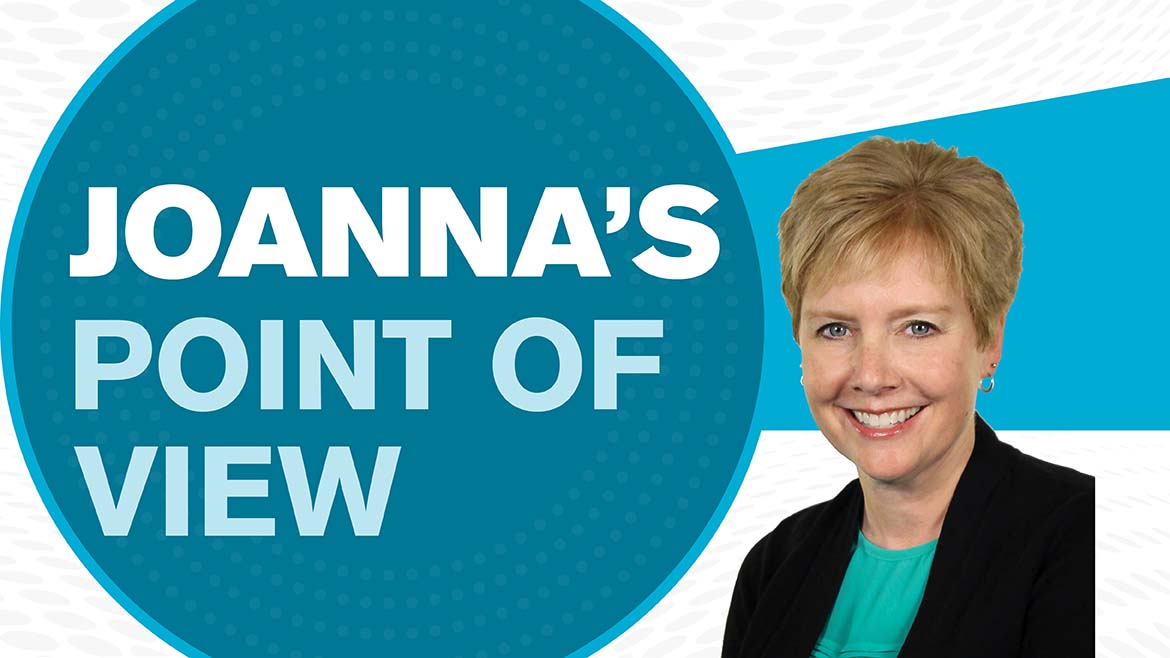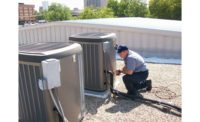For the last several years, the California Air Resources Board (CARB) has been diligently working to craft regulations that would dramatically reduce HFC emissions in the state in an effort to slow the effects of climate change. Under Senate Bill 1383, California is required to reduce HFC emissions 40 percent below 2013 levels by 2030, which is not an easy feat.
Last December, those aspirations were realized, when CARB officially voted to phase down the use of high-GWP HFC refrigerants in commercial and industrial stationary refrigeration units, as well as commercial and residential air conditioning equipment.
For food retailers, the timeline is short, as starting January 1, 2022, there is a 150 GWP limit for new or fully remodeled facilities in California that utilize commercial refrigeration equipment containing more than 50 lbs. of refrigerant. For existing facilities, there are varying requirements that depend on the end use and number of facilities owned. For new air conditioning equipment sold in California, a 750 GWP limit was pushed back to January 1, 2025, while VRF system manufacturers have until 2026 in order to comply with the new limit.
In exchange for delaying the 750 GWP mandate, equipment manufacturers agreed to sign onto CARB’s Refrigerant Recovery, Recycle and Reuse program – or R4 program. Under this program, the responsibility for refrigerant recycling compliance will be placed on the manufacturers, and they will also be required to use some recycled refrigerant in their air conditioning equipment.
As Kathryn Kynett, an air pollution specialist at CARB noted, “We are asking manufacturers to commit to using 10% recycled refrigerant and offering an early action credit for low GWP refrigerant use. We believe this will help kickstart the R4 program, which is necessary to achieve the remaining emissions reductions we need by 2030.”
What’s interesting about the R4 program is that CARB is also hoping that it will serve as a template that could be adopted nationally. As Kynett noted, “CARB will be considering expanding the R4 program we are piloting through the proposed amendments by working with stakeholders to … build it into a longer term program. We believe that there will be national interest in this program, and this could be a model that catalyzes national action to increase the use of reclaimed refrigerant.”
In addition to partnering with the federal government and other states to formulate a national recycling program, CARB plans to move forward immediately with a new rulemaking process that would limit the purchase or use of new high-GWP refrigerant in the state. This would help serve California’s next ambitious goal of achieving 100 percent refrigerant recovery and recycling.
More recycling is a good idea, especially if California plans to limit the purchase of high-GWP virgin refrigerant to service existing equipment. And it is likely that the new regulations just passed by CARB will serve as a template for at least the 23 other states in the U.S. Climate Alliance that are committed to reducing the use of HFCs.
It is not a stretch to see the recycling program embraced at the federal level as well. Especially given that Congress included HFC phasedown legislation in the Omnibus and COVID relief bill signed into law late last year. In addition, the Biden administration has promised a greater focus on climate initiatives, which may include looking to California for inspiration.
All this goes to show that the old adage, “As California goes, so goes the nation,” really is true. Indeed, California is wasting no time in seizing the opportunity to try to move the nation to more fully align with its ambitious climate goals. Based on recent history, it is likely they will succeed.
Want more HVAC industry news and information? Join The NEWS on Facebook, Twitter, and LinkedIn today!









